Why do roses grow poorly and what to do?
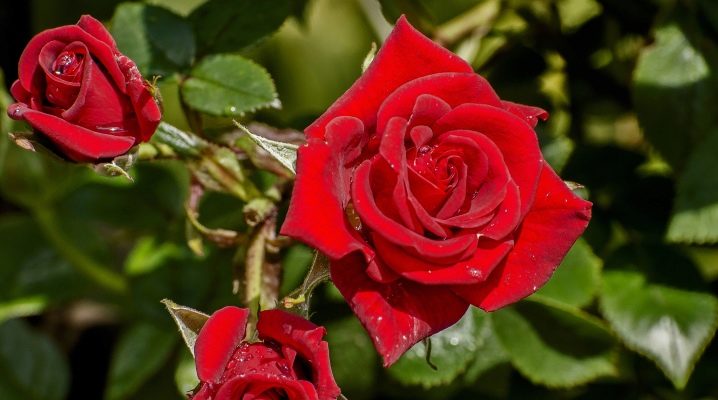
Many gardeners strive to decorate their plots with roses - fortunately today there are no restrictions, special varieties have been developed for cold regions that calmly winter under cover. And there is nothing to say about the south, the choice is simply huge, there would be a desire to take care of these flowers. But often many novice gardeners have a question why roses do not grow well, and what to do. This is worth understanding in more detail.
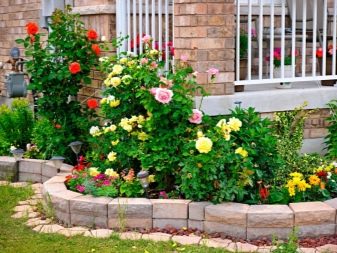
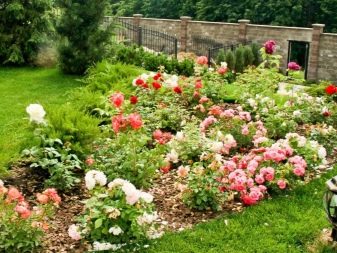
Bad conditions
If you are going to get roses on your site, you need to provide for all the nuances of choosing a place for planting them, and then leaving. Only in this case can you count on success.
The first step is to purchase healthy seedlings and it is advisable to do this in nurseries from trusted suppliers. If the quality of the seedlings is beyond doubt, and the roses die after planting in the ground, you need to pay attention to the following points:
- poor soil that does not meet the requirements of the rose;
- late planting, which was the reason that young seedlings did not take root;
- the rose was planted in the wrong place, which it needs for various parameters;
- excessive or insufficient watering, which is required for certain varieties;
- lack or, conversely, excess of fertilizers.

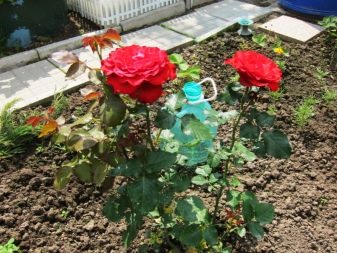
To prevent this from happening, you must initially choose the right seedling. He must be alive and healthy, no dried branches or rotten areas should be present. If in doubt, the seller should cut to show that the plant is alive.
Next, you need to find the right place. For roses, you need to choose a dry, sunny area with a low occurrence of groundwater. It is better to find an area where the sun is most of the day. In addition, it is imperative to make sure that the roses are protected from the wind. It is good if there is a fence or a building wall nearby. Drafts and strong gusts of wind are detrimental to young plants.
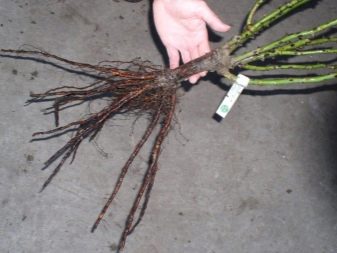
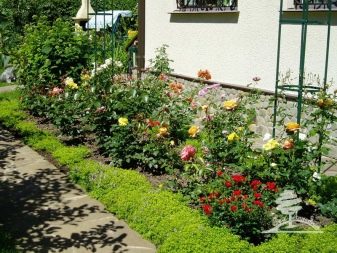
The soil should be slightly acidic, excessively acidic or alkaline for roses will not work. To be sure of the correct soil, you can purchase special test strips and check the acidity level. Then this nuance will be excluded from the points of doubt.
The land should include turf, humus and compost. If it is difficult to prepare the composition yourself, you can purchase a special soil for roses in a garden store. This will remove any doubts about the quality of the soil. In addition, the bushes need to provide good drainage. To do this, small pebbles or crushed stone must be poured at the bottom of the planting pit, broken brick is also suitable.
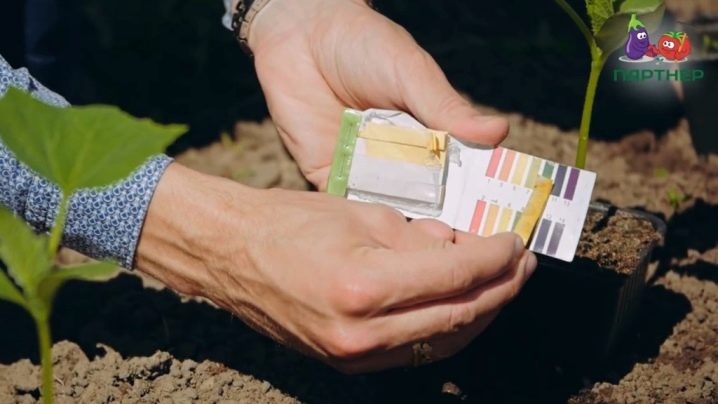
When planting a flower, it should be transferred to the planting pit along with an earthen clod; you should not deepen the seedling too deeply. It should be above ground level in the same way as it grew in a pot.
A newly planted rose needs careful watering, especially if the weather has been dry for a long time before. After that, mulch is placed on the surface, it can be sawdust or straw.
If all the measures for the selection of the site, soil and planting are performed correctly, it remains to expect that the rose will develop correctly. But if after some time growth does not go and the bushes do not bloom, it is worth looking for reasons in improper care.
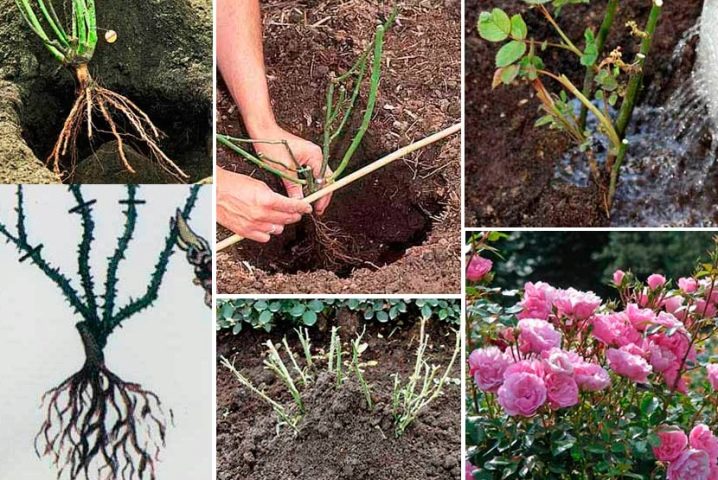
Improper care
If roses in the country or in the garden grow poorly, both in height and in breadth, this means that they are not provided with the care they should be.So, you need to analyze all your manipulations and understand where mistakes were made. It is worth considering that climbing, and bush, and ground cover roses need full-fledged agricultural technology.
Pruning
Often gardeners make the wrong pruning, and then they are surprised that the bush does not grow, the rose has stopped developing, does not weave, has stopped growing.
The first pruning should be done in the spring to form a bush. At the same time, sanitary pruning is first performed, frozen or dried shoots are removed. Then they evaluate the bush and decide where they would like to direct the branches. You need to prune so as to prevent the growth of branches inward, this will cause the bush to thicken, and then entail various diseases. Therefore, all branches growing inward must be removed in the spring. And then trim the bush so that the buds, to which the bush is shortened, look outward. Then the bush will grow in breadth, subsequently looking lush and beautiful.
It is not worth doing too active a haircut, otherwise the plant may develop slowly. And do not be surprised if at one point the rose has completely stopped. Therefore, it is imperative to leave three living buds on each shoot.
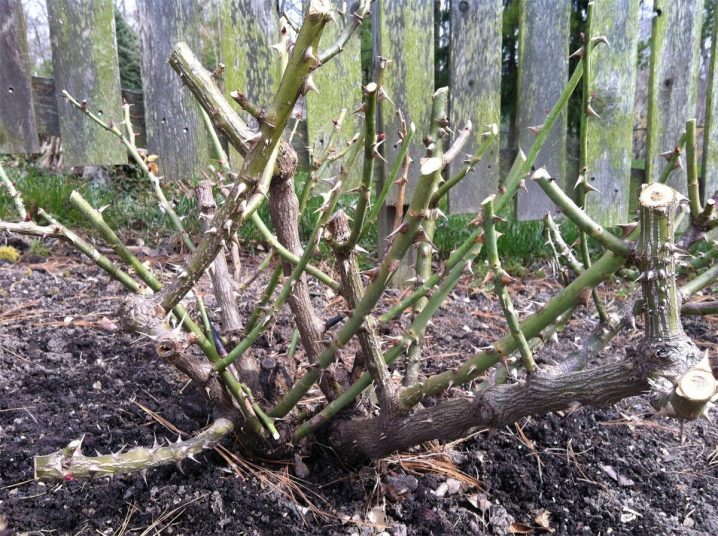
In summer, pruning is gentle, it mainly concerns faded buds, dried leaves. Pruning old buds stimulates the development of new ones. If it becomes noticeable that the rose is not developing, you can make a light haircut by pinching the tops, but, again, carefully monitor the correct location of the buds. In the fall, the rose is prepared for winter, which means that you need to cut off any excess shoots that look unhealthy and interfere with the development of the plant.

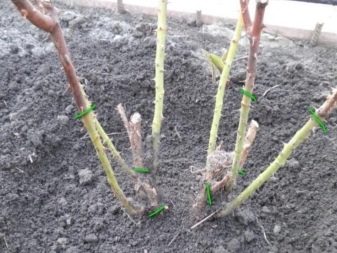
Watering
Watering errors can also lead to the most serious consequences. If a rose, for example, is clearly withering and dying, the leaves have become lethargic, this may mean that the plant is feeling an excess of water. Adult roses tolerate drought well, so it is better to skip watering than do too much. It is enough to water the roses once a week and even less often if it is raining. And it is best to control the frequency of watering by checking how wet the soil is under the bush, then there will definitely be no mistakes. This is very easy to do. It is enough to knead a small handful of earth in your fingers. If the fingers remain clean and dry, watering is necessary. If there are traces of earth on your hands, then the earth is sufficiently moistened and it is better to wait a little with watering.
It should always be remembered that if the rose dries up and needs water, then the situation is very simple to fix. You need to water the plant, and after a while it will come to life. But if there is an excess of moisture, and the roots began to rot, the plant may not be saved. To do this, you will have to dig it up, remove the rotten fragments, dry the roots and plant in new soil.

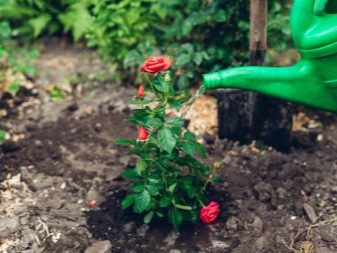
Top dressing
Due to the untimely application of fertilizers or their absence, roses may have underdeveloped leaves, faded foliage, small and weak buds. To prevent all these troubles, you need to take care of the introduction of fertilizing, but without fanaticism.
Experienced gardeners believe that three dressings per season are enough.
-
In the spring, the plant needs nitrogen to build up green mass, as well as potassium and magnesium. You can choose drugs with any names, on the packaging of which these components are listed.
-
In the summer, you can add organic matter, while you should be very careful and dilute the concentrated formulations well. The instructions always indicate the exact dosage.
-
In the fall, the plant needs humus. And this will be the last dressing before preparing for winter.
To understand what fertilizers the plant lacks, you need to pay attention to its appearance. For example, if there is a lack of nitrogen and phosphorus, reddish spots may appear on the leaves. The formation of buds and shoots will stop. The lack of calcium will affect the foliage, it will begin to fall off, and as a result, the rose can drop it altogether.
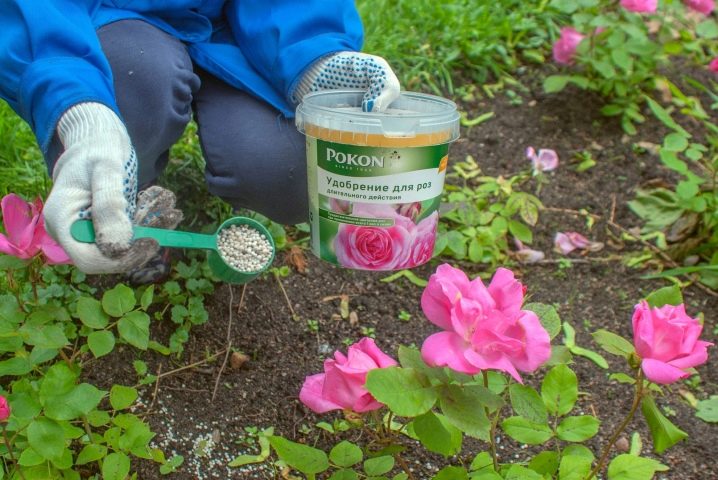
Prevention measures
When caring for roses, do not forget about preventive measures. Then you will not have to correct mistakes, and the bushes will delight with their flowering.
- Very often, the treatment of roses with an ash solution is referred to as preventive measures. This can be either watering or spraying.
- To prevent fungal diseases, and roses are especially susceptible to them, in spring and autumn, the bushes should be treated with Bordeaux liquid. Throughout the summer, you can treat the bushes with Fitosporin.
- Prevention of the appearance of various pests and fungi will be timely harvesting of fallen leaves in the fall, weeds - throughout the summer.
- Mulching the soil will help keep moisture in the soil and reduce weed growth. In this case, sawdust, hay, and straw are suitable. And roses in this case will look neater.
- Don't forget about sanitary pruning. It is also very important for roses.
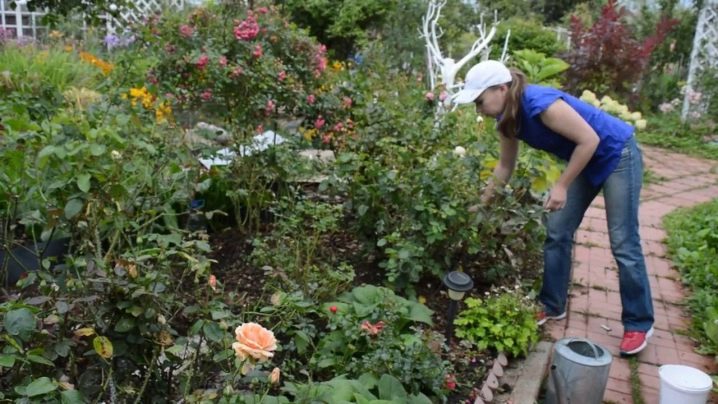

































































































The comment was sent successfully.